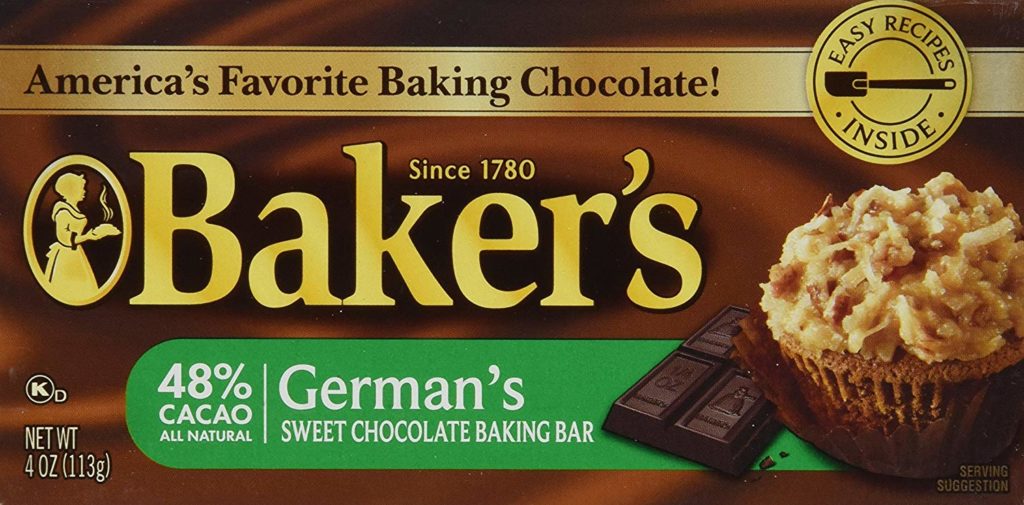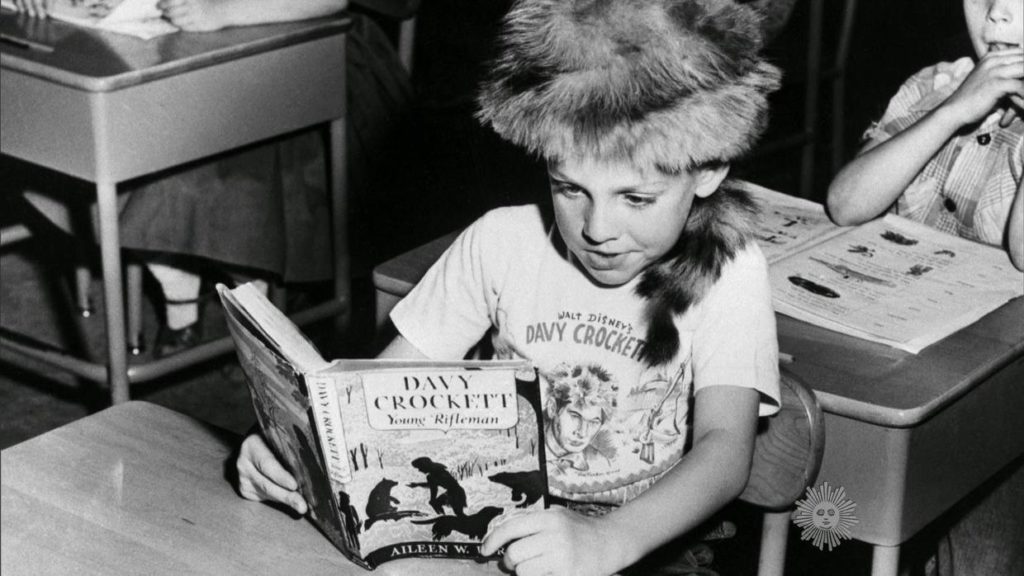The movie ‘Oppenheimer’ has renewed interest in Harry Truman’s decision to drop atomic bombs on Japan. There is a widely held myth about that decision. I was pleased that this movie dispelled this myth. The myth goes this way….The war was almost over, and Japan was ready to surrender on condition that they be allowed to keep the emperor, so the U.S. had some ulterior reason for dropping atomic bombs on Japan. This story isn’t true, but a lot of people believe it. Here are the facts.
The war was far from over. At the time the U.S. dropped atomic bombs on Japan, vast areas of Asia were still under Japanese control, including much of China, all of Korea, Taiwan, most of Vietnam, Cambodia, Laos, Thailand, the Dutch East Indies (Indonesia), plus, of course, the Japanese home islands themselves. See the map below. Thousands of soldiers and civilians were still dying every day from war-related causes.

The Japanese government was not ready to surrender. Let’s think about this logically.…if the Japanese were ready to surrender, then why didn’t they? Just before Hiroshima was bombed, President Truman sent an ultimatum to Japan demanding their surrender and telling them that they could keep the emperor after the war ended, but his ultimatum was rejected. After Hiroshima was bombed, Truman sent another ultimatum to Japan saying that if they did not surrender immediately, more Japanese cities would be bombed, but this ultimatum was also rejected. The following day, the Soviet Union declared war on Japan, but the Japanese were still unwilling to surrender. 2 days later, the U.S. dropped a second atomic bomb on Nagasaki, but still, the Japanese government would not surrender. The war came to an end when Emperor Hirohito defied the generals who ran the government and made a radio address to the nation ending the war. If the generals were ready to surrender, they would have surrendered. It’s as simple as that. Don’t reject an explanation as to why something happened simply because it’s the obvious explanation. People who are into conspiracy theories always do that, but the most obvious explanation is usually the correct one. That’s Occam’s Razor.
Truman ordered the atomic bombing of Japan simply to force them to surrender. A lot of people still believe that the U.S. must have had an ulterior reason for dropping the atomic bombs on Japan. There are a number of theories as to what that reason might have been. Some people say that the U.S. dropped atomic bombs on Japan to show Stalin that we had this weapon and were willing to use it. The Cold War had already begun. According to others, the U.S. dropped atomic bombs to use the Japanese people as guinea pigs to see what the effects of atomic bombing of a city would be. Others say it was for revenge. The American people were very angry about the way the Japanese treated American P.O.W.s. during the war. Harry Truman said that was no ulterior reason, that he ordered the atomic bombing of Japan simply to force them to surrender. I met Harry Truman in 1964. He said that he did consider the morality of dropping an atomic bomb on a city, but that he felt that he made the right decision in 1945 and still felt that way.
CHOCOLATE MISNOMERS.
A lot of the words related to chocolate don’t sound like what they really mean. Here are a few of them.
German’s Chocolate. German’s chocolate isn’t German. It was not invented in Germany or by Germans. In 1852, Samuel German, an Englishman living in the United States, invented the first practical sweetened chocolate bar, which he named after himself. If you look at the package carefully, you can see that the label doesn’t say ‘German Chocolate.’ It says: ‘German’s Chocolate.’ Note the apostrophe and ‘s’ after ‘German.’
German chocolate cake isn’t German either. The recipe for this popular cake was invented by a homemaker in Texas. The recipe first appeared in print in a Dallas newspaper in 1957. It Was originally called ‘German’s Chocolate Cake’ because German’s chocolate was the cake’s principal ingredient. General Foods, which owned German’s Chocolate at the time, noted that whenever the recipe appeared in a newspaper in Texas, sales of German’s chocolate increased by up dramatically, so the General Foods paid newspapers all over the country to reprint the recipe. Over time, nearly all magazines and cookbooks dropped the apostrophe and ‘s’ after the word ‘German’. It is now widely believed all over the world that German chocolate cake is a traditional German dessert. Ironically, many restaurants in Germany that cater to tourists sell German chocolate cake as their principal dessert because foreign tourists expect and demand it. Many German restaurants in the United States now serve German chocolate cake as their only dessert. If you think about it, this recipe doesn’t really seem German. The principal ingredients in the frosting are coconut and pecans, neither of which can be grown in Germany, and both of which were historically expensive in Europe. If you want to eat a genuine German chocolate cake, I recommend Black Forest cake. The recipe for this cake goes back to the 1500s, shortly after chocolate first started to become available in northern Europe.


Dutched cocoa isn’t Dutch. Dutched cocoa can be made anywhere. The term ‘dutched’ means that the cocoa was treated with alkali to reduce its acidity. The process was invented in the Netherlands, but dutched cocoa can come from anywhere. Virtually all cocoa powder sold in stores is either natural or dutched. If a recipe doesn’t specifically call for dutched cocoa, use natural cocoa. I recommend Hershey’s 100% cacao natural unsweetened. If you have a recipe that calls for dutched cocoa, use Droste or Valrhona. When baking cakes, brownies, cookies, etc., dutched and natural cocoa are not interchangeable because they react differently with baking soda and baking powder. Don’t use ‘cocoa mix.’ Cocoa mixes are mostly sugar.
Why are Oreo cookies black? Why aren’t Oreos brown, the color of chocolate or cocoa? I think people assume that Nabisco puts black food color in their cookies, but there is no food coloring in regular Oreos. The cookies are black because the cocoa they use is highly dutched. The more that cocoa powder is dutched, the darker it gets. If you dutch cocoa enough, it will turn black.
STONEHENGE.
My stepsister often says that when friends ask her what she would like for a birthday present, she tells them, but then, most of the time, they buy her something completely different, something that she didn’t want and has no use for. Last year, a friend asked me what I wanted for a birthday present. I told him that I wanted an insulated bag for transporting chocolate on hot days, but on my birthday, he gave me a raccoon cap instead. I had mentioned to this guy that when I was 10 years old, my favorite TV show was Davy Crockett. However, I never had a Davy Crockett cap. Wearing a dead raccoon on my head never appealed to me. The story below reminds me of my stepsister’s complaint.


At the start of the 20th Century, Stonehenge was in bad shape. It had been neglected and abused ever since Henry VIII took ownership of it 500 years earlier. In the 19th Century, visitors to Stonehenge commonly broke off chunks of Stonehenge and took them home as souvenirs. Snake oil salesmen sold medical cure-alls by grinding bits of Stonehenge into dust and mixing it with whiskey or other liquid. That came to an end in 1915 when an Englishman named Cecil Chubb went to an auction to buy an anniversary present for his wife. Chubb’s wife asked him to go to the auction and buy some dining room chairs that matched the chairs that she already owned. When Chubb arrived at the auction and read the catalog, he was surprised to see that Stonehenge was one of the items being auctioned. It was ‘Lot #15. Stonehenge, with about 30 acres.’ Stonehenge came up for sale before the chairs, and on a whim, Chubb bought Stonehenge instead of the chairs his wife wanted. On their anniversary, Chubb gave the deed to Stonehenge to his wife Mary. Mary was not pleased. She didn’t want to own Stonehenge and pointed out that Stonehenge was not a practical substitute for dining room chairs. In 1918, Cecil Chubb donated the deed to the British government, making him the last private owner of Stonehenge. I don’t know if Mary ever got the dining room chairs she wanted.

P.S. – Just in case you know my stepsister, her birthday is in March; but she doesn’t wear dead raccoons, she doesn’t need more chairs, and there is no room in her condo for a giant prehistoric stone megalith.
